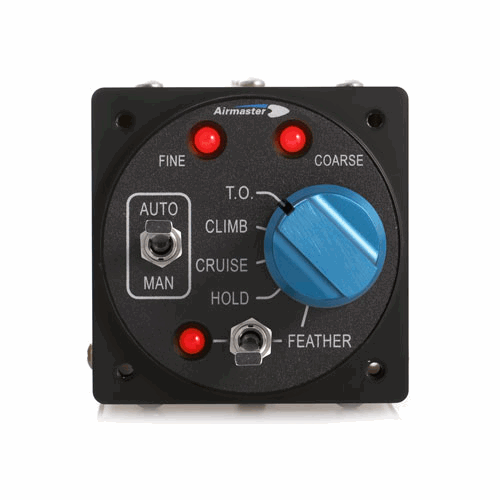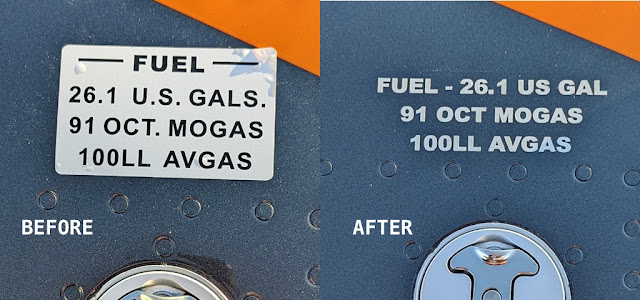Nylon Brake Lines

During the built of N333ST we decided to upgrade the standard brakes to Matco brakes. I am not entirely sure why we decided to do this, but I think we believed that these brakes would provide superior braking power. In hindsight I now realize that the plane has plenty of stopping power using the standard brakes. Anyway, trouble started during flight testing. After 10 hours or so we noticed a brake fluid leaking from one of the brakes. A friendly mechanic fixed the leak by tightening the fittings that connect the nylon brake lines to the caliper. Unfortunately, the problem came back after we finished flight testing and had flown home. We assumed (incorrectly) that the nylon line was not fitted properly into the caliper, and the bent was causing a leak. To fix this I ordered a bunch of brake line parts online and tried to install a contraption to better line up the brake line with the fitting. Each time, this required bleeding the brakes, which in itself is a pain in the rear. Long stor...




